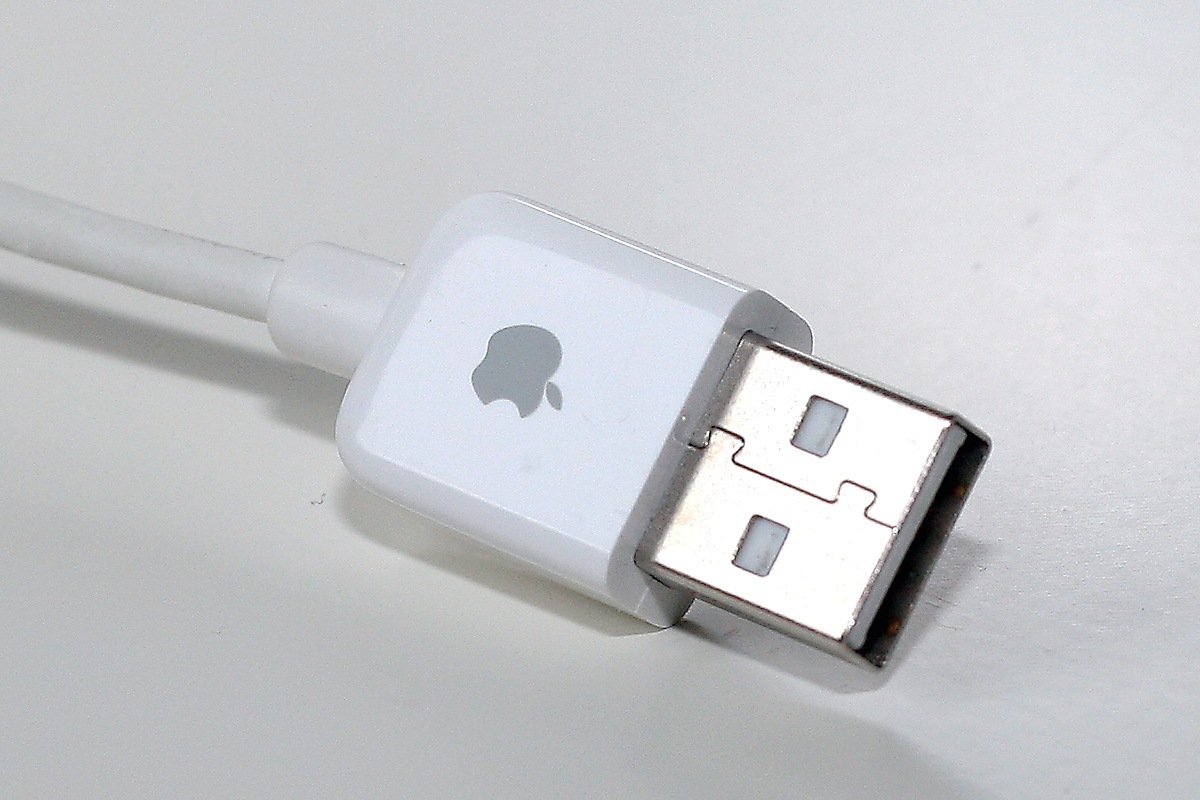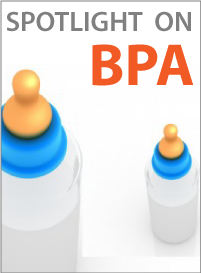Apple Computer secretive about its toxic supply chain
 Thursday, January 20, 2011 at 04:59PM
Thursday, January 20, 2011 at 04:59PM 
Apple is more secretive about its supply chain in China than almost all of its rivals, according to a new report by anti-pollution activists who accuse the company's products of degrading the environment and poisoning workers.
Despite its claim to be a leading promoter of corporate ethics worldwide, the maker of iPads and iPhones came joint bottom among 29 major IT firms in a transparency study drawn up by a coalition of China's leading environmental groups.
"Behind their stylish image, Apple products have a side many do not know about – pollution and poison. This side is hidden deep within the company's secretive supply chain," claims a statement by the 36 groups involved in the Green Choice Initiative.
Their report – the fourth to look at the impact of global brands on China's environment – considers the openness of IT firms and their responsiveness to reports of environmental violations at suppliers...
...But it is difficult for third parties to hold foreign firms to account because they tend to be secretive about their suppliers, citing corporate confidentiality. This lack of transparency, combined with official corruption and dire political accountability, has made China a haven for polluters...
..."Apple can say it is completely 'green' because it is a brand with no factory, but if it doesn't manage its supply chain, these are just empty words," said Ma Jun of the Institute for Public and Environmental Affairs. "Far from being the best on planet, it is bottom among 29 IT brands. Apple should be a leader. If it can move on this, it can change the whole industry."








